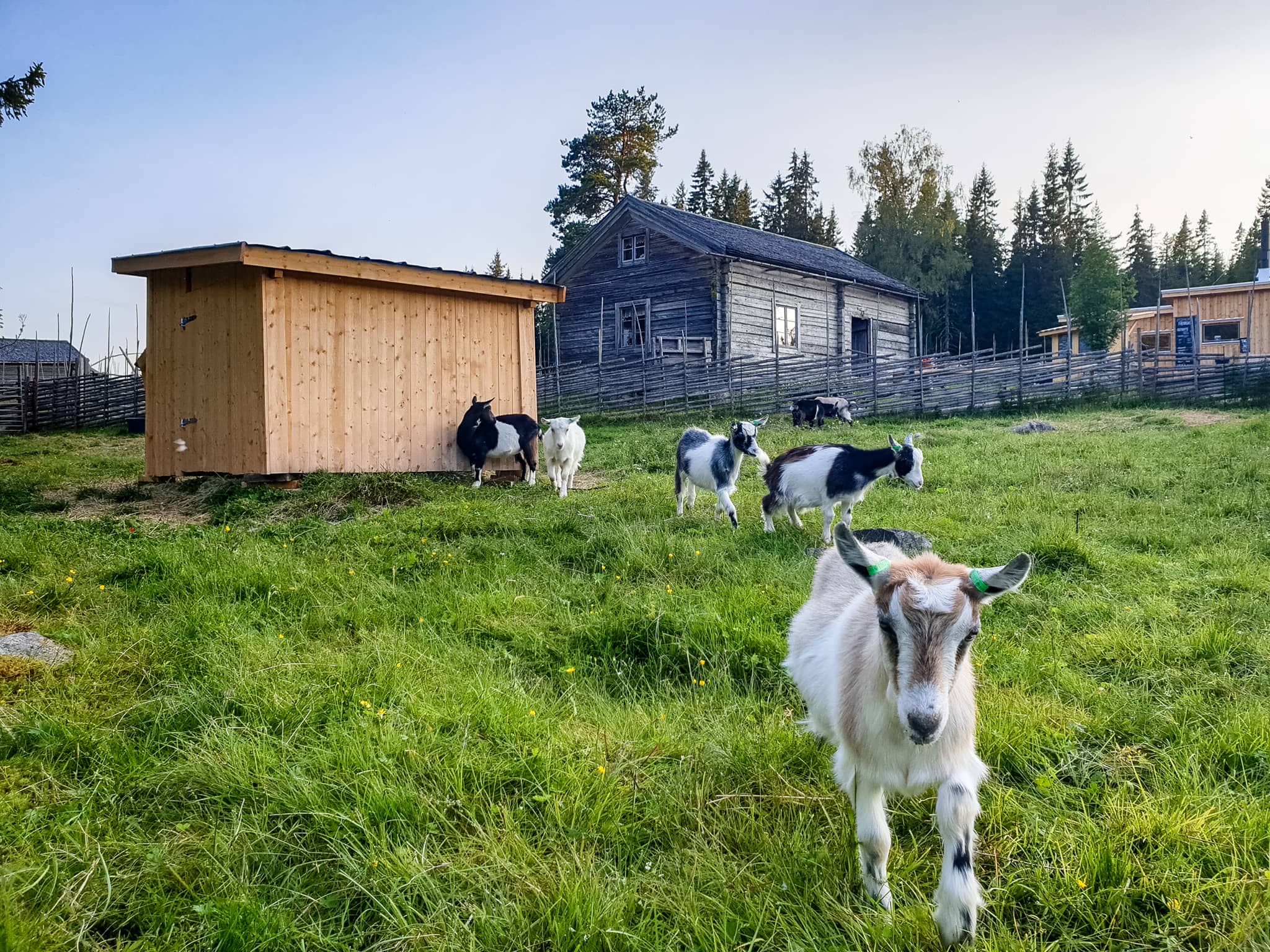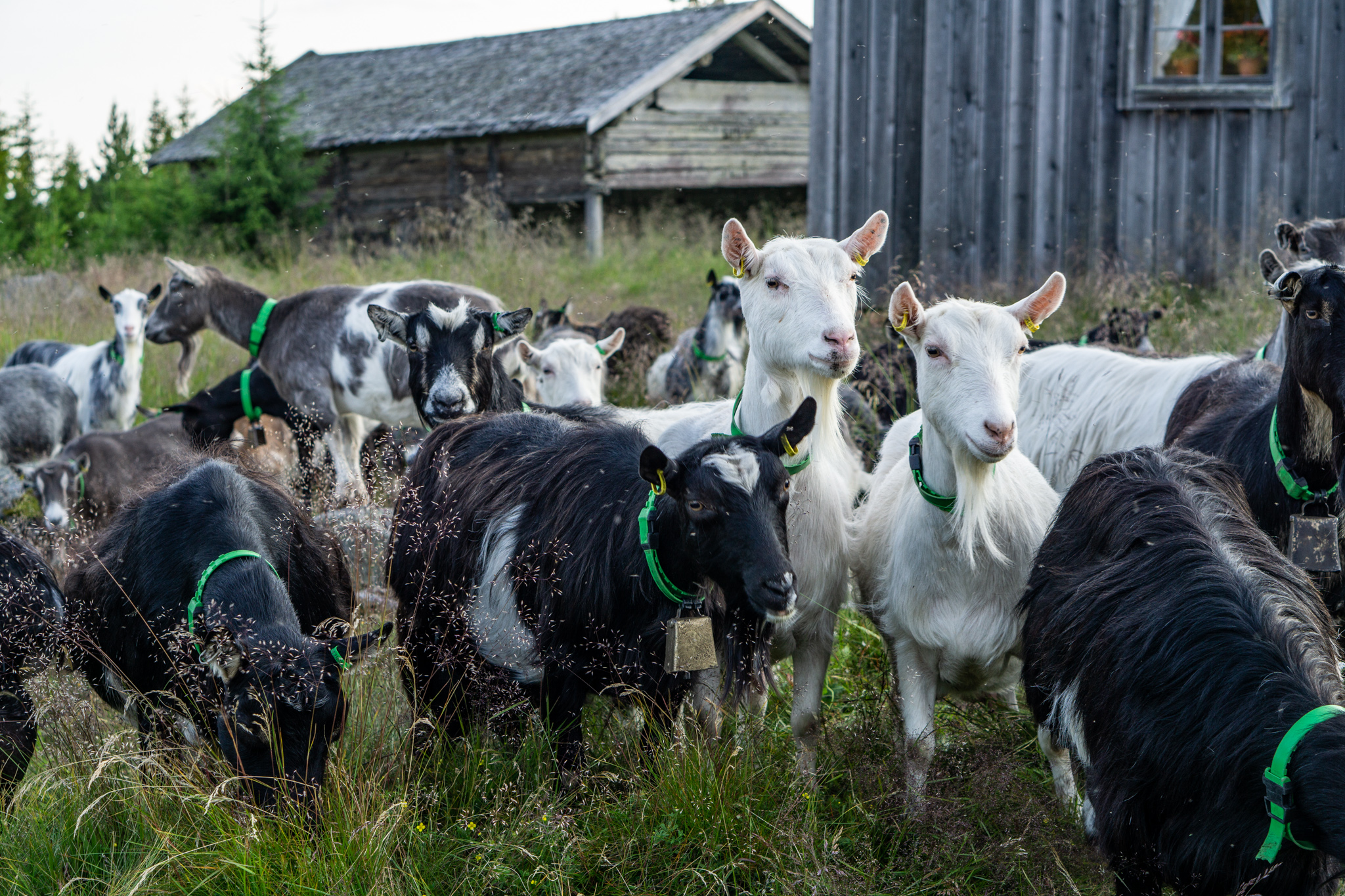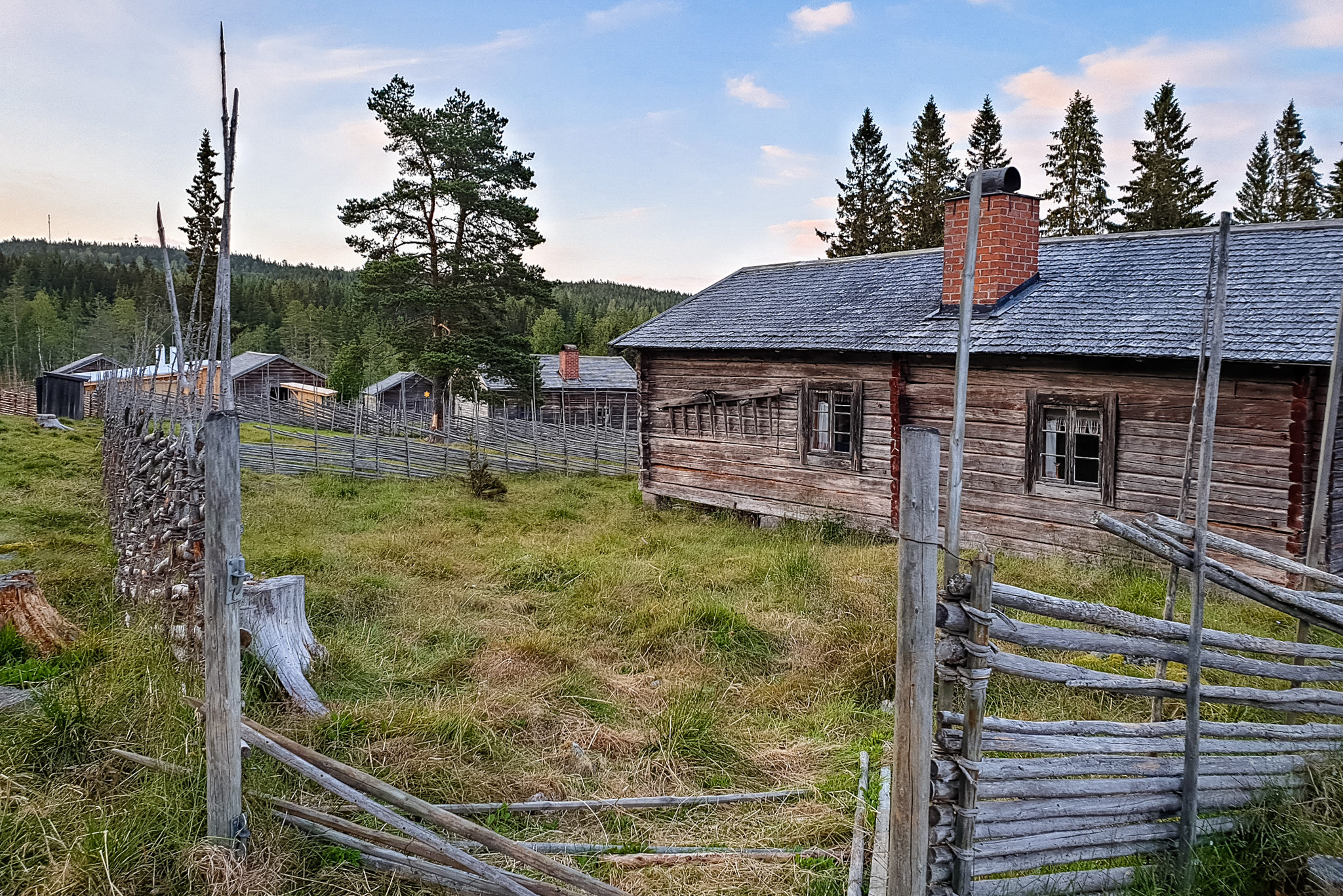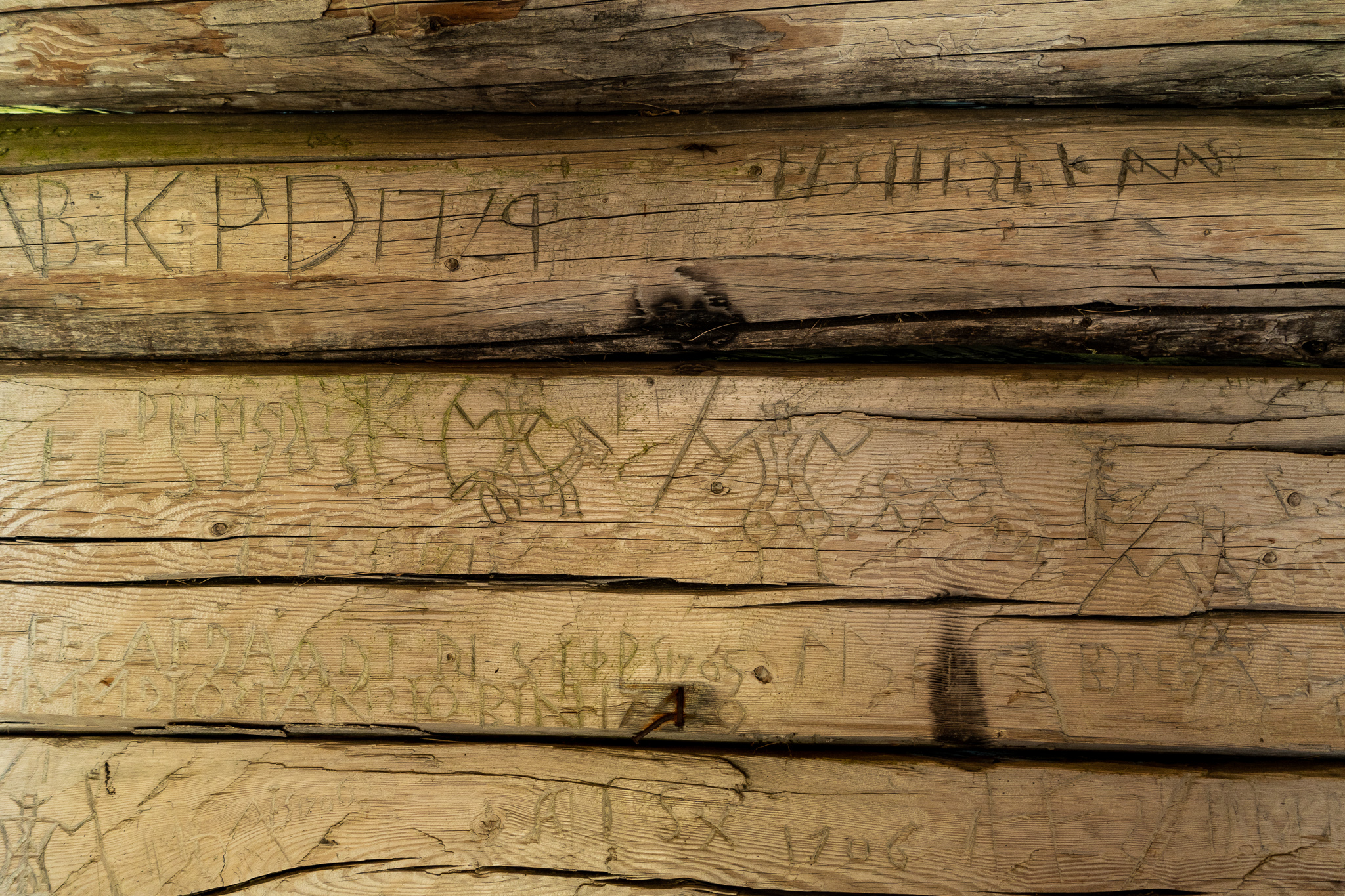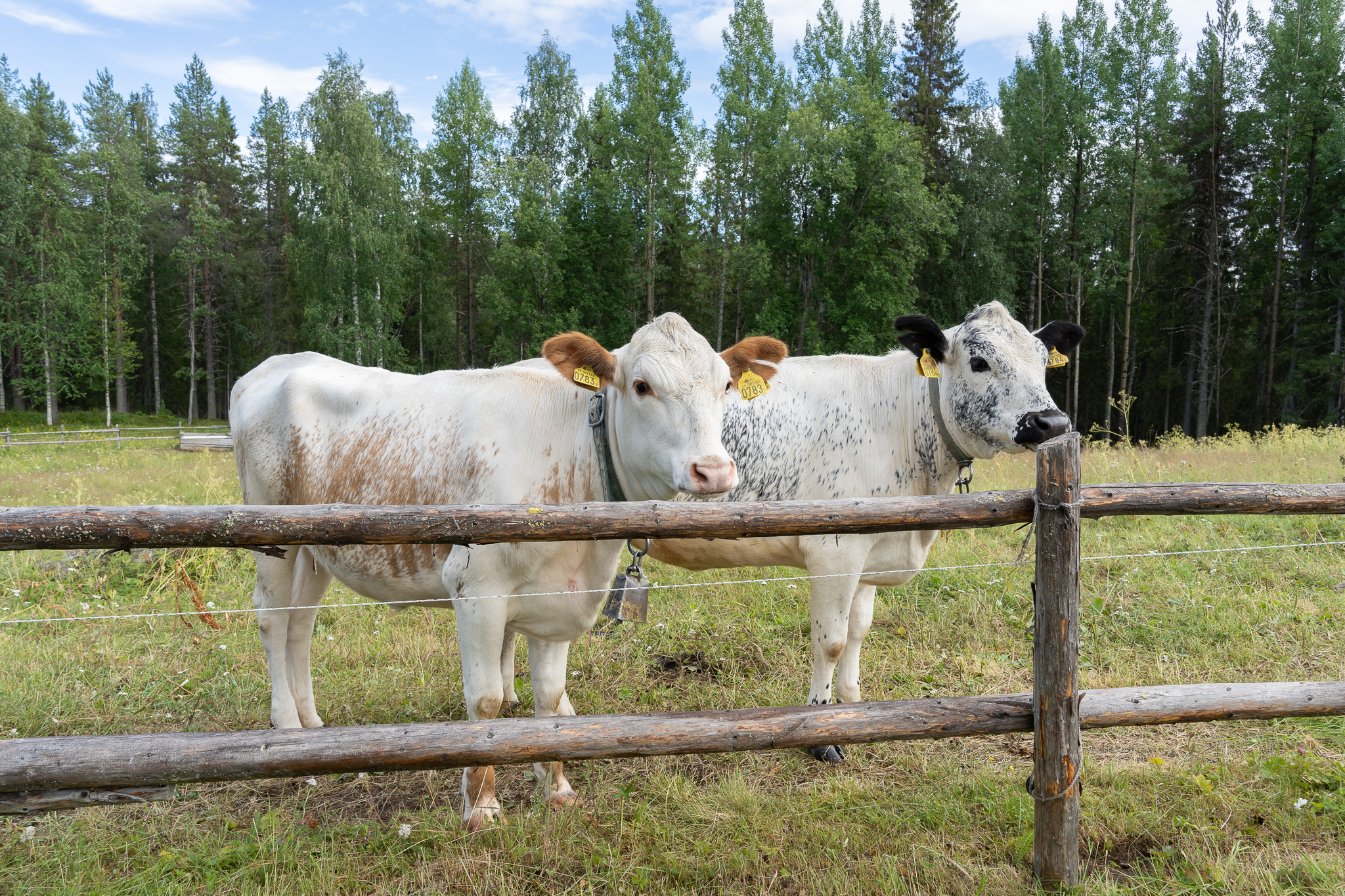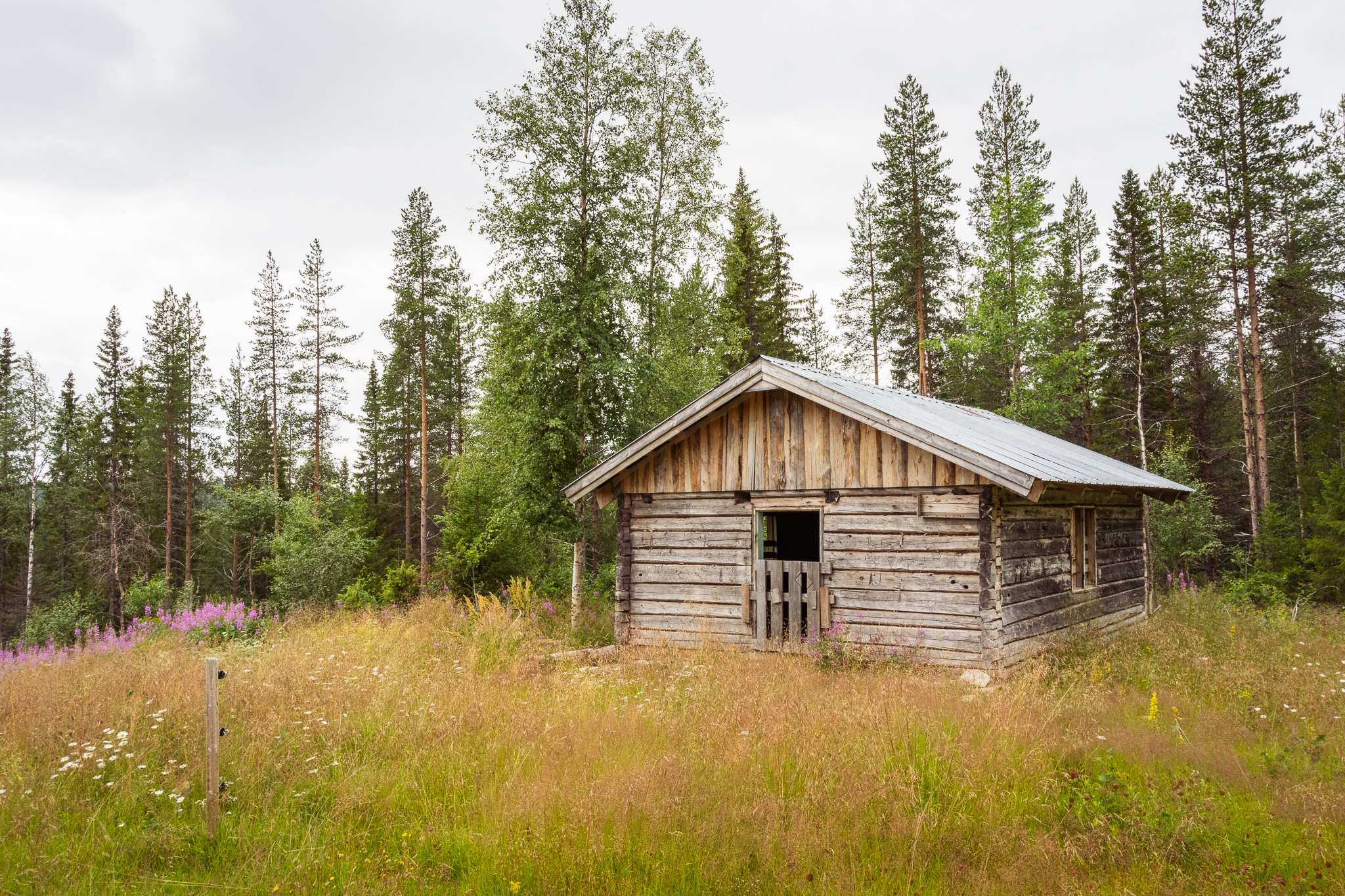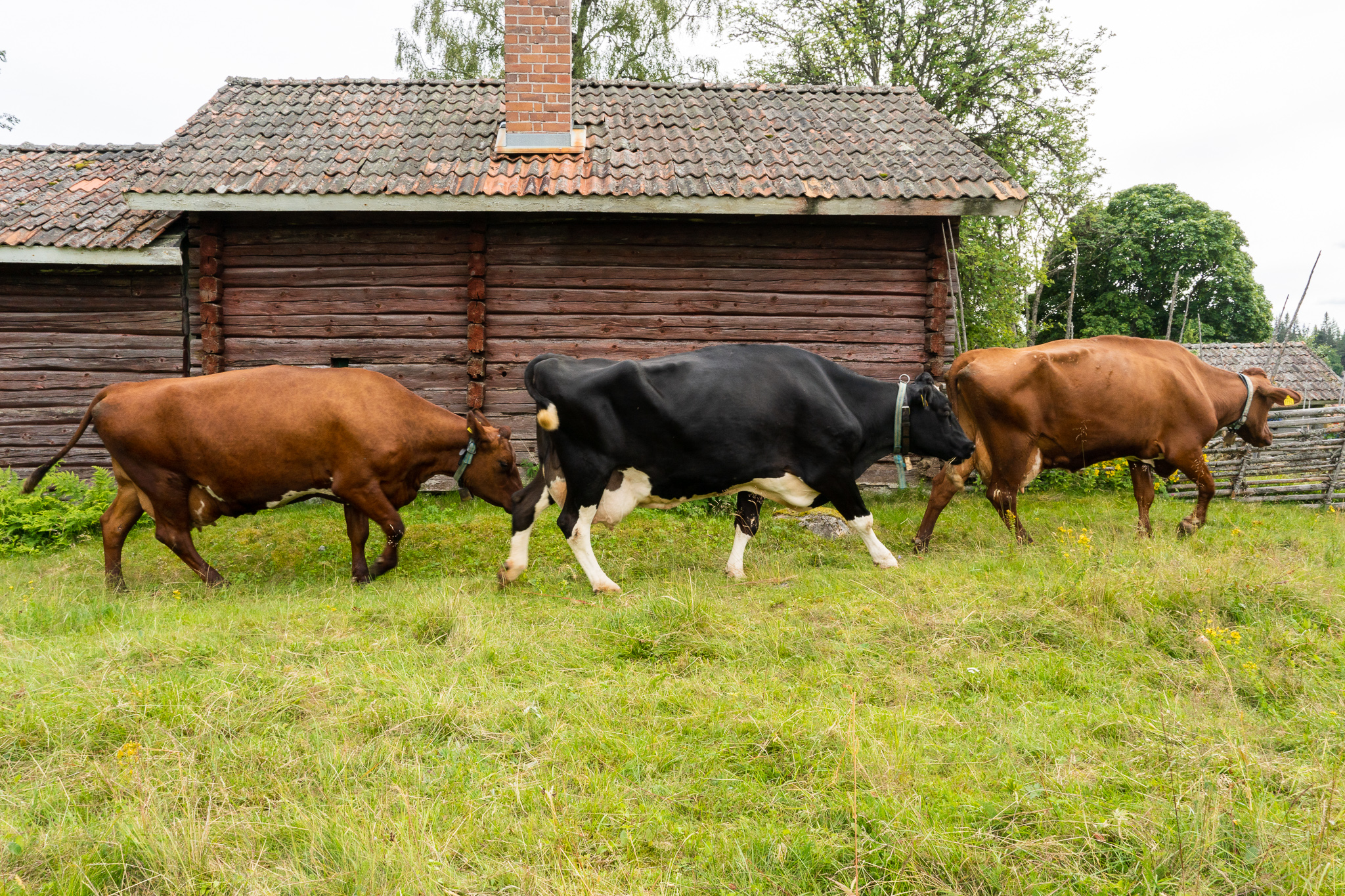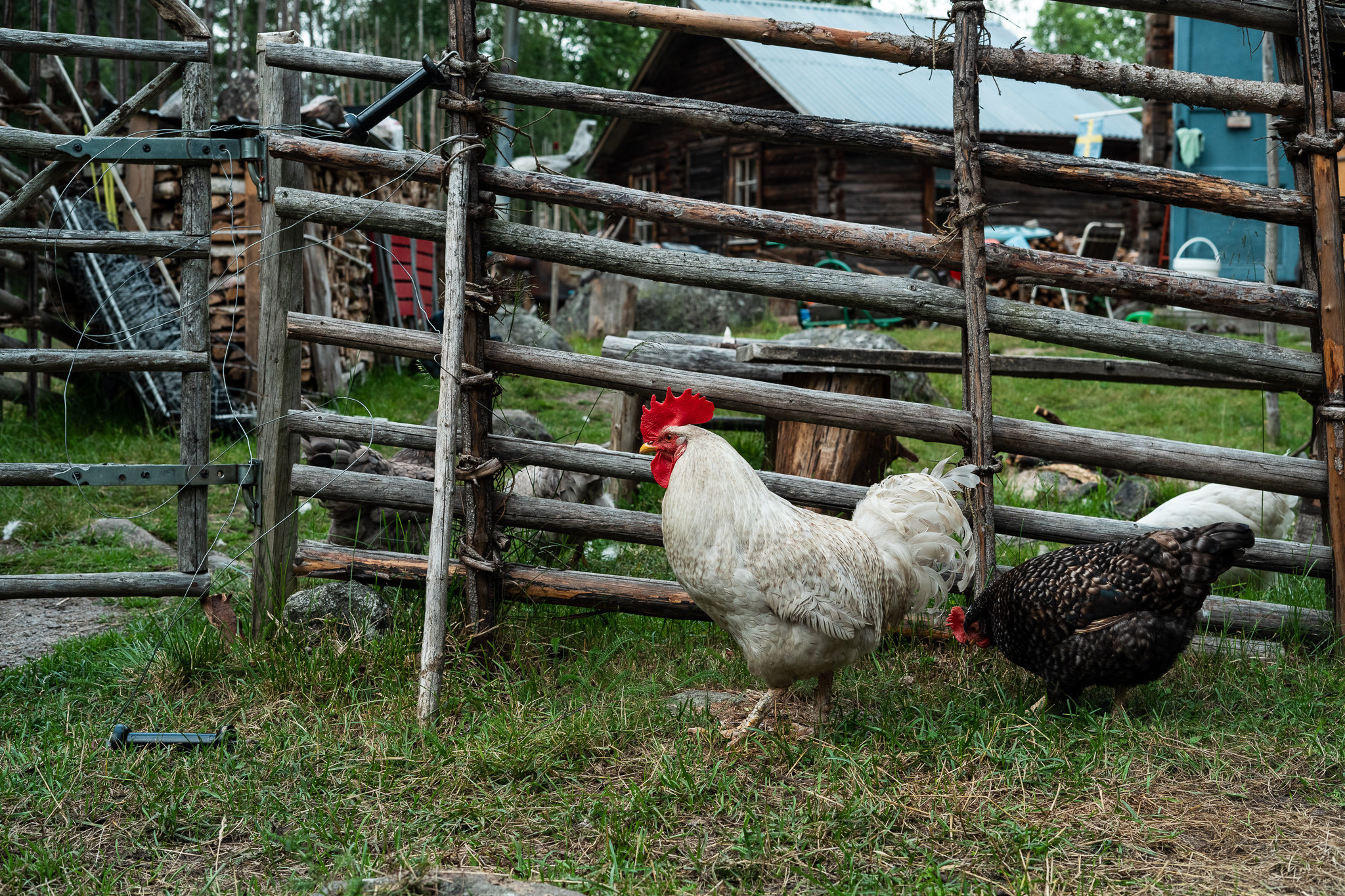The Swedish Summer Farm Project
Swedish summer farms — fäbodar — are an essential but disappearing part of Sweden’s cultural heritage. Join my journey as I document them.
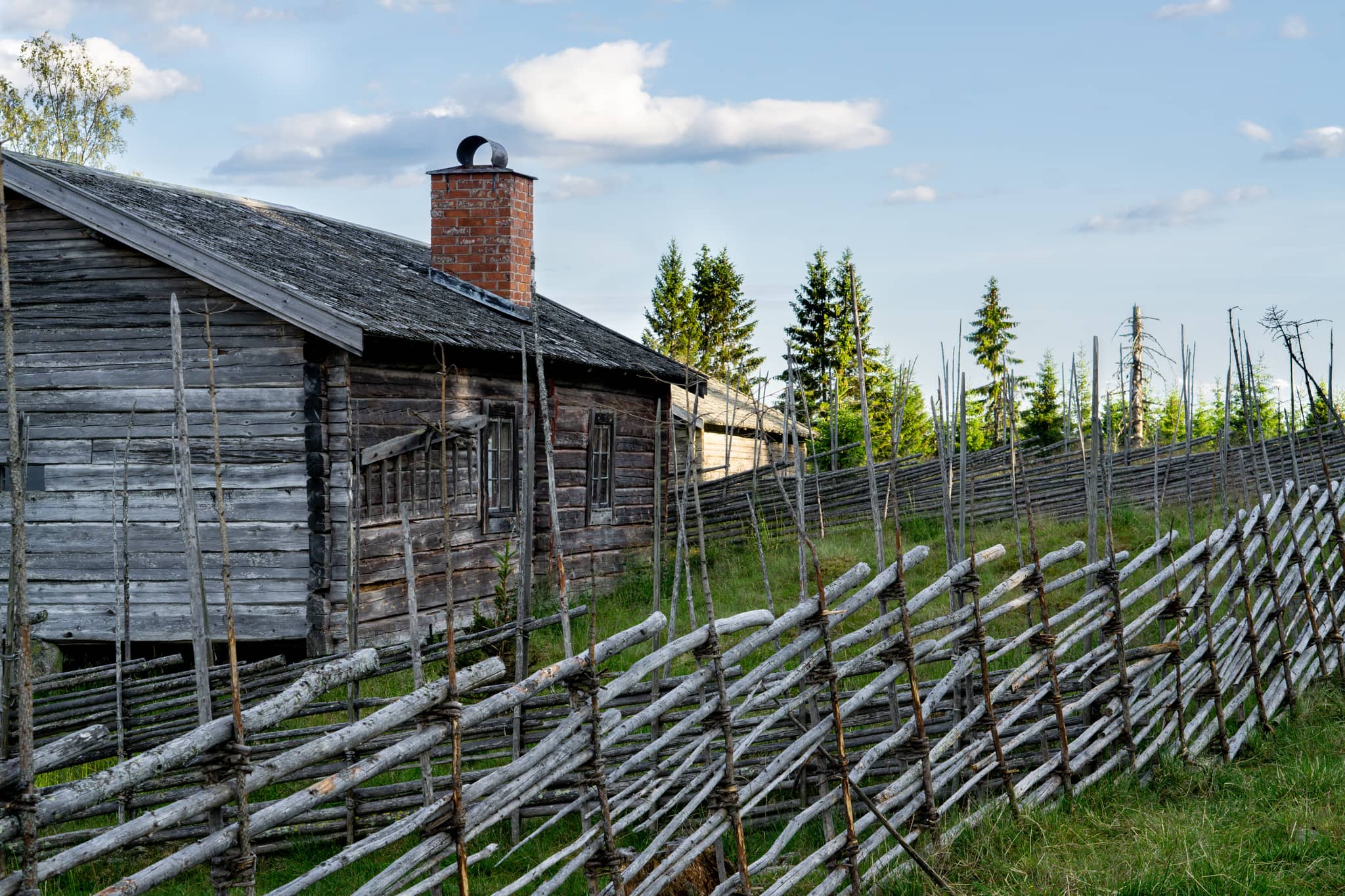
What is a Swedish summer farm?
Summer farms have been part of Swedish agriculture since the Middle Ages. They helped the pastures at the home farm last longer.
Young women would bring the cows and goats to graze at simple summer farms in the woods. It was heavy work every day, from early in the morning until late: guarding the herd, milking the cows and goats, and preparing butter, cheese, and other milk products.
While there were around 10,000 summer farms in the end of the 19th century, less than 250 active farms remain today.
The Swedish summer farm project
Two years ago, I volunteered for a week at Svedbovallen in Hälsingland.
It was hard work to ensure that the 49 goats, eight baby goats, and two cows were taken care of properly, from six in the morning until late in the evening. I spent hours making curd cakes and baking buns — and trying to take care of fika guests at the same time. I slept in woolen clothes but still woke up cold in the middle of the night as the hearth went out.
And I loved it.
I remember visiting the same farm as a child — petting the goats, staring wide-eyed at the cows, and enjoying some cookies.
One of my great fears is that future generations won’t be able to have the same experience.
Even with some modernizations like electricity, it’s hard work to run a summer farm. Taking care of the paperwork, following modern regulations, managing with varying income, taking care of animals, baking homemade fika, welcoming tourists… it all adds up.
I have tremendous respect for the work these dedicated people do, but the odds are against them.
These farms are part of Sweden’s cultural heritage. We need to do all that we can to preserve it.
The Swedish summer farm project aims to:
- document how the summer farms work today,
- share stories of the past and present,
- gather unique summer farm recipes, and
- make it easier for tourists to find the farms.
My hope is to contribute to better conditions for the summer farm keepers and encourage more visits to the farms.
It’s not fun to have traveled for hours and having looked forward to visiting a particular place, only to realize that it doesn’t fit the group’s mobility needs or that the summer farm is closed for the day. Read my advice for planning your summer farm visit, so you can maximize your chances of having a great experience!
At fabod.nu, you can read more about the summer farms of Sweden, find a list, and get contact details.
Below, you can read more about a few summer farms — just click the images.
Read the summer farm articles
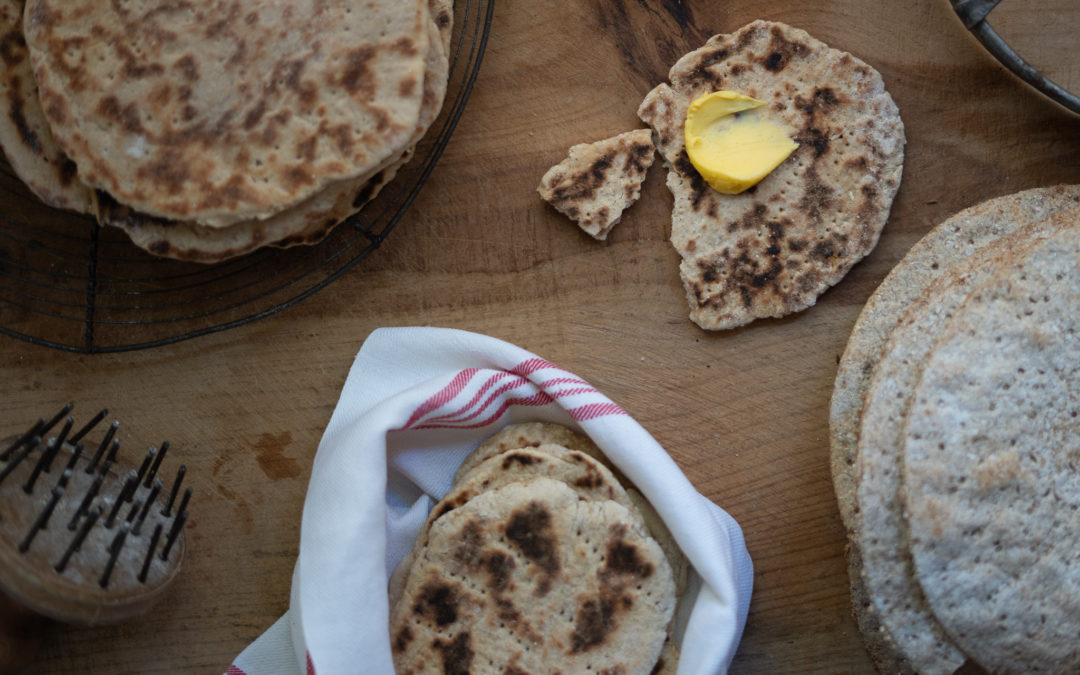
Quick Swedish frying pan bread — glödhoppor
No yeast, no waiting — just making a dough, frying and then devouring fresh bread.
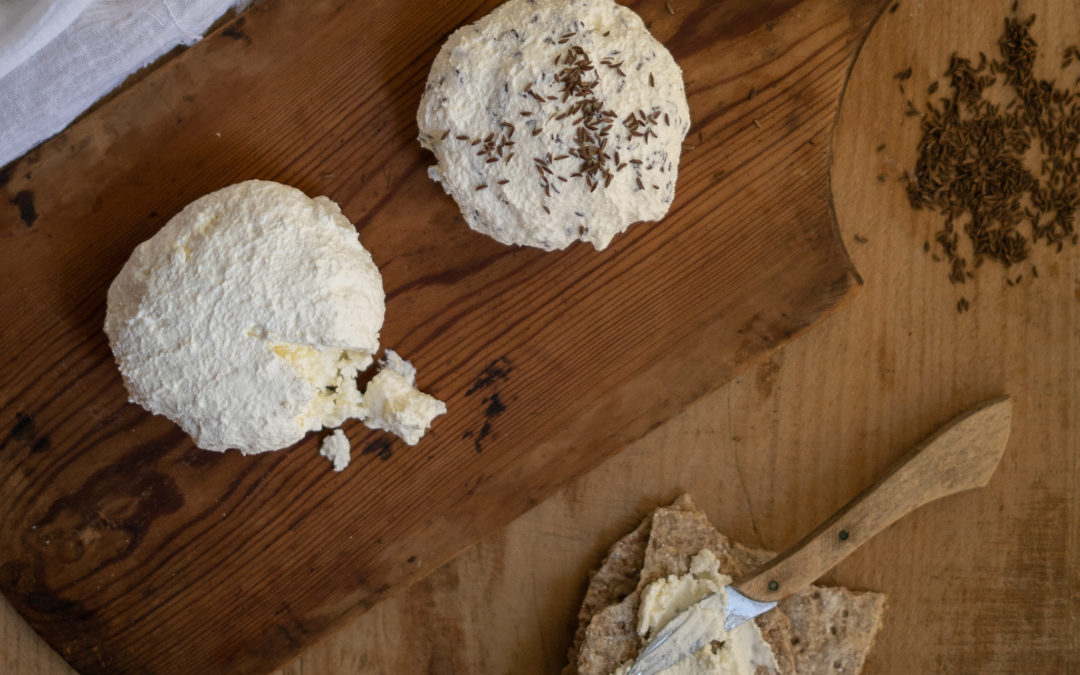
Fresh sour milk cheese
Fresh sour milk cheese might be the easiest cheese you can make.
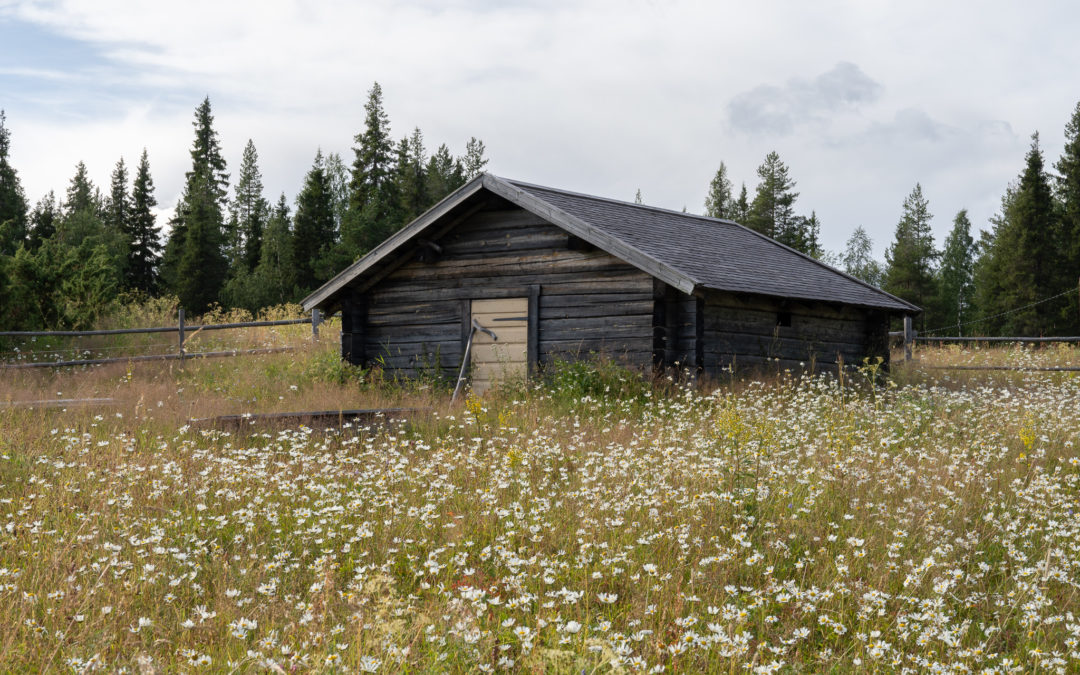
Hanhivittikko summer farm
Hanhivittikko has a somewhat uncommon building for a summer farm – a sauna!
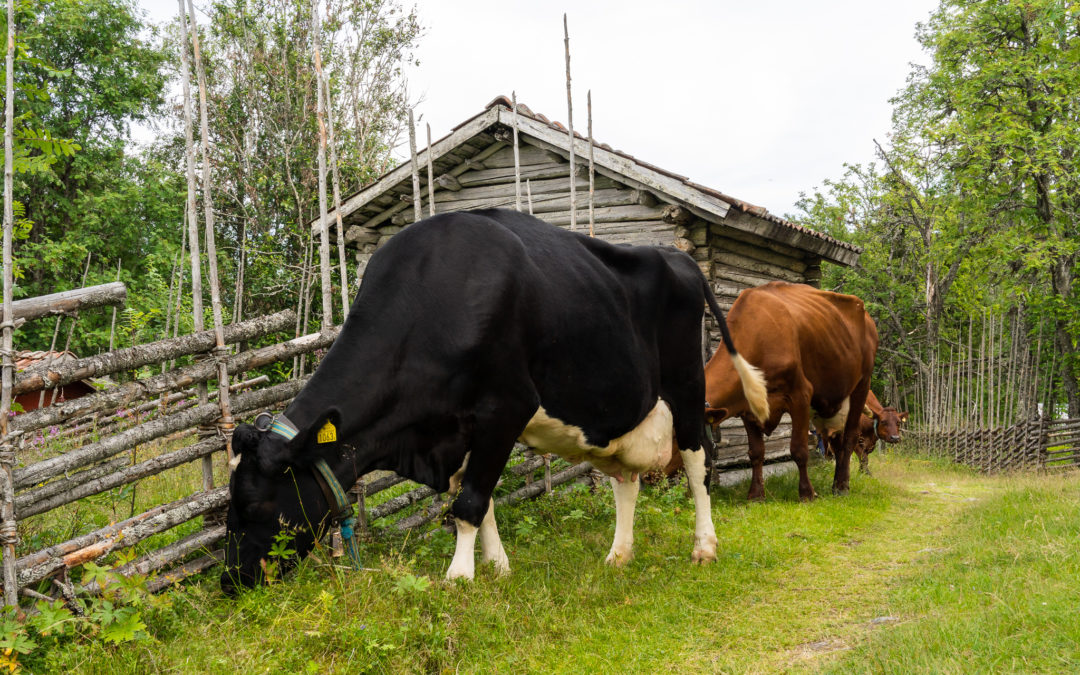
Bastberget summer farm
Bastberget used to be the largest summer farm of Scandinavia.
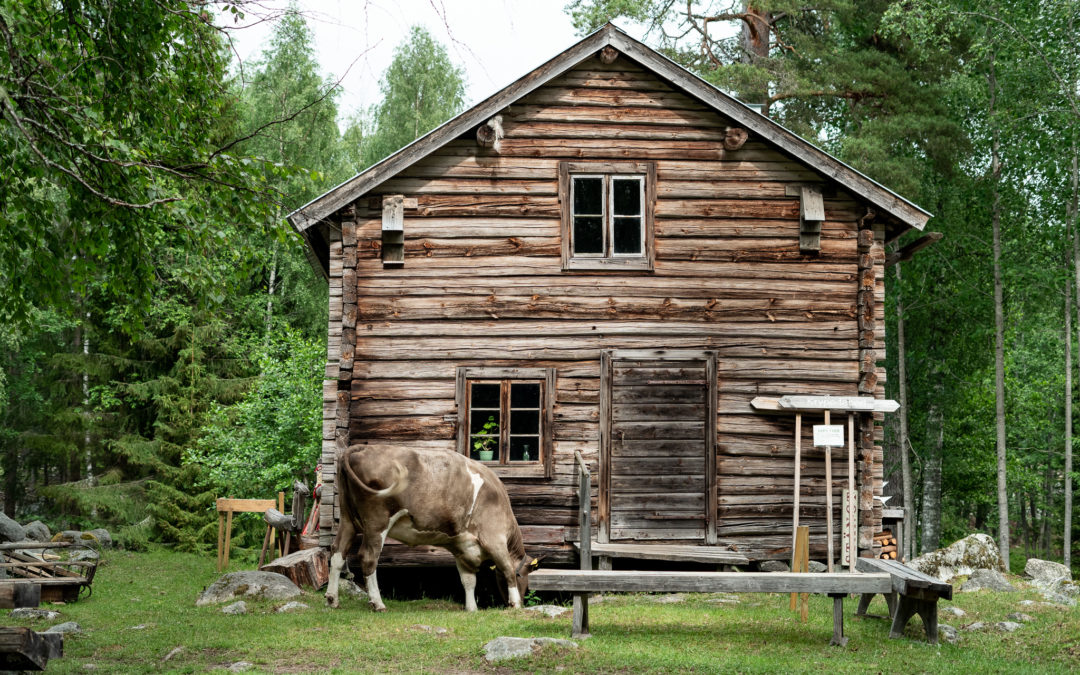
Krype summer farm
Krype summer farm is once again active after many decades of being a Sleeping Beauty.
Thank you
This project is made possible by the support of the Swedish Board of Agriculture (Jordbruksverket) and the European Agricultural Fund for Rural Development, EAFRD. They will cover some of the costs for visiting the farms and producing a book and the related material.
Are you interested in getting involved in my work to continuing to gather stories in the project? How exciting! Please email me and we’ll talk about it.
Say “hi” (or hej)
Do you want to share memories from summer farms, have a suggestion or idea, or maybe want to contribute? I look forward to hearing from you!

